10 Times the CIA Used Animals For Secret Spy Operations
The CIA has a long history of creative problem solving and that includes inventing new ways to spy on opponents using animals - both real and robotic. As the CIA’s appetite to develop tech solutions grew during the Cold War, there were quite a few startling and humorous results.
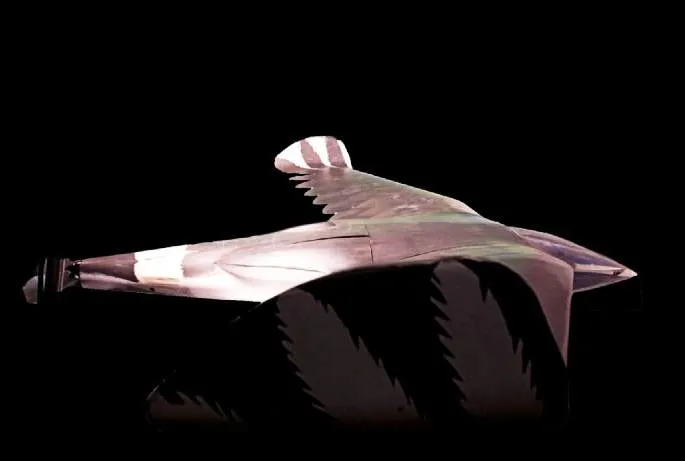
Project Aquiline, 1960s
One of the most ambitious Cold War tech efforts involved building bird-shaped drones to act like mini spy planes. The Project Aquiline team planned to equip a fleet of 12 ‘birds’ with ELINT (electronic intel) and air-sampling sensors to target a missile test center and nuclear test site. The CIA even planned to install a radioisotope propulsion system that could convert waste heat from decaying isotopes (like plutonium) into electricity, boosting the bird’s endurance and flying time to 30 days or 36,000 miles. Data would be beamed to a DC-6 or U-2R and work alongside manned reconnaissance in the SR-71 Blackbird. The fleet of bird-shaped drones was never completed at the mysterious Area 51 base in Nevada, however. It’s unclear why Aquiline was canceled. One of the problems may have been that the low-flying ‘birds’ were easy to shoot down if word of the program leaked out.

Operation Acoustic Kitty, 1960s
When CIA operatives wanted to bug an Asian head of state, HQ thought about the cats wandering in and out of the meeting area. Why not wire a feline field agent with an ear microphones and skull transmitter? The techies produced a three-quarter-inch transmitter to embed in the loose skin at the base of the cat's skull. A microphone was placed in the ear canal and an antenna woven into the cat's long fur. According to The Wizards of Langley, the tail was used as the antenna. Getting Acoustic Kitty to follow orders was another matter though. Kitty walked off the job when hungry and ignored its CIA ‘handler’. A redacted CIA memo reads: [Deleted] views on Trained Cats [Deleted] Use: "The environmental and security factors in using this technique in a real foreign situation force us to conclude that ... it would not be practical."
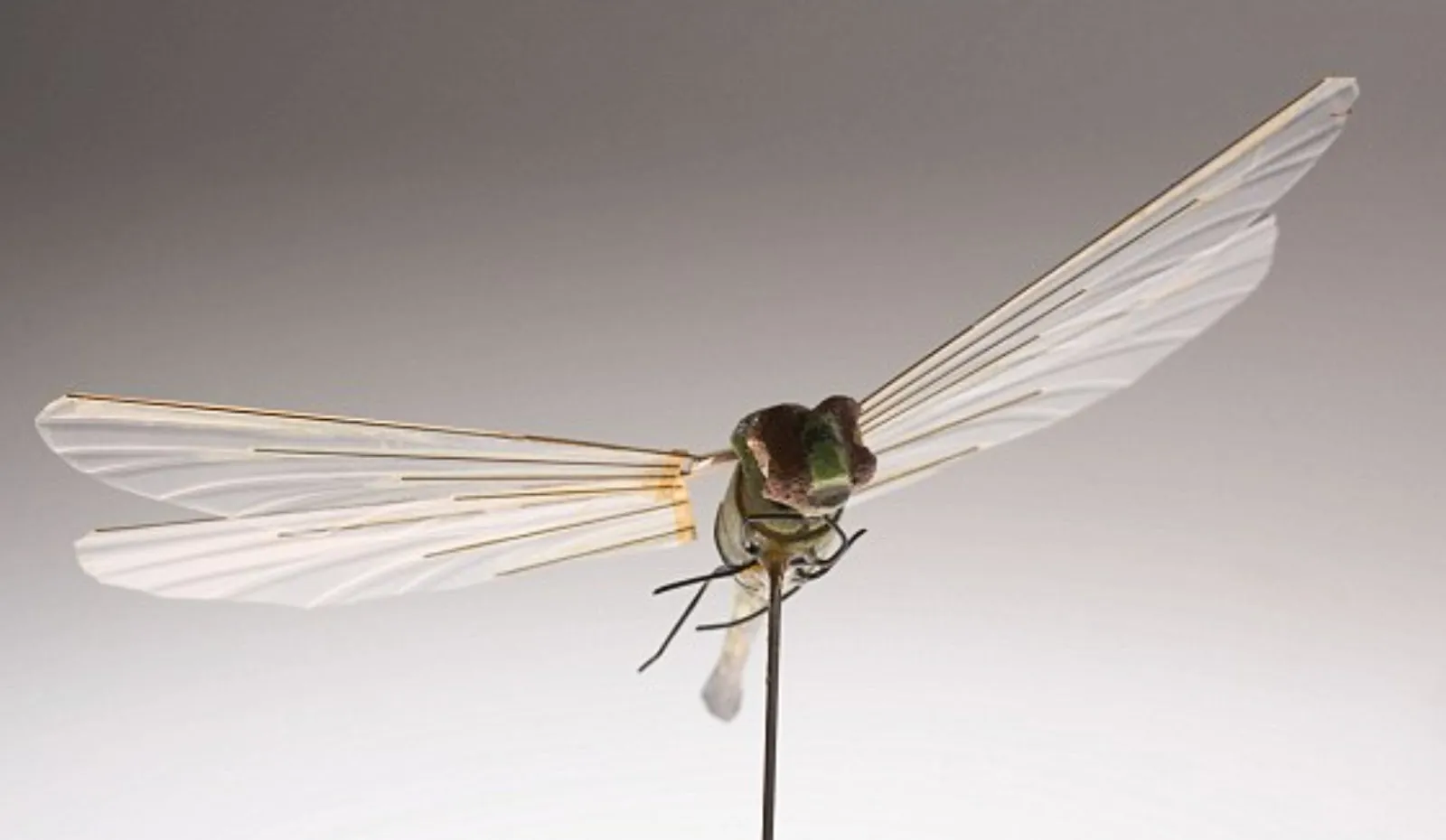
The ‘insectothopter’ drone, 1970s
The CIA tested a very early drone in the ‘70s, an unmanned aerial vehicle ‘insectothopter’ disguised as a dragonfly. A microphone the size of a bead hides in its head. A watchmaker helped build the device, which had a miniature fluidic oscillator for the wings and a small amount of propellant-produced gas. It also had a laser to work as the data link for the audio sensor payload. Unfortunately, the dragonfly wasn’t good in the wind (something you would have thought was pretty obvious!), so the CIA dropped the dragonfly, though its appetite to develop new robotics was undeterred.
"The brand new social experience where you activate your gaming skills as you train like a spy."
- TimeOut
Take on thrilling, high-energy espionage challenges across different game zones.

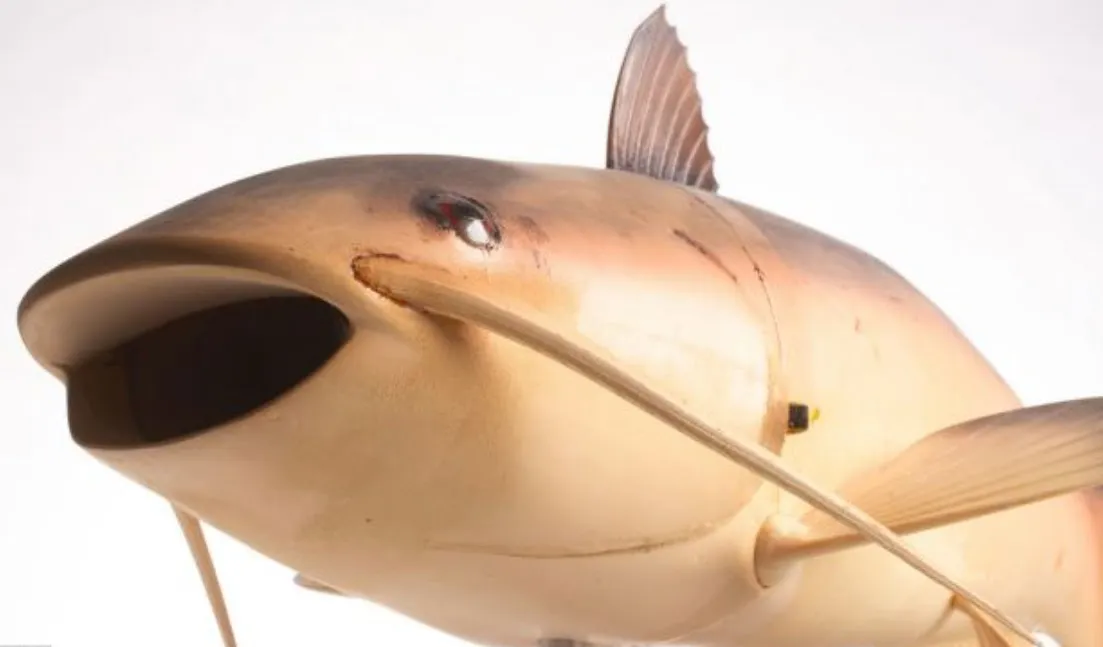
Charlie, the robotic catfish, 1990s
Charlie, the CIA’s robotic catfish, was designed in the 1990s to test the possibility of unmanned, underwater vehicles. Charlie's tail conceals a pressure hull, ballast system, communications, and a propulsion system. The CIA isn’t saying if Charlie was used to gather intelligence or just water samples, but it's likely Charlie didn’t mind swimming against the tide.
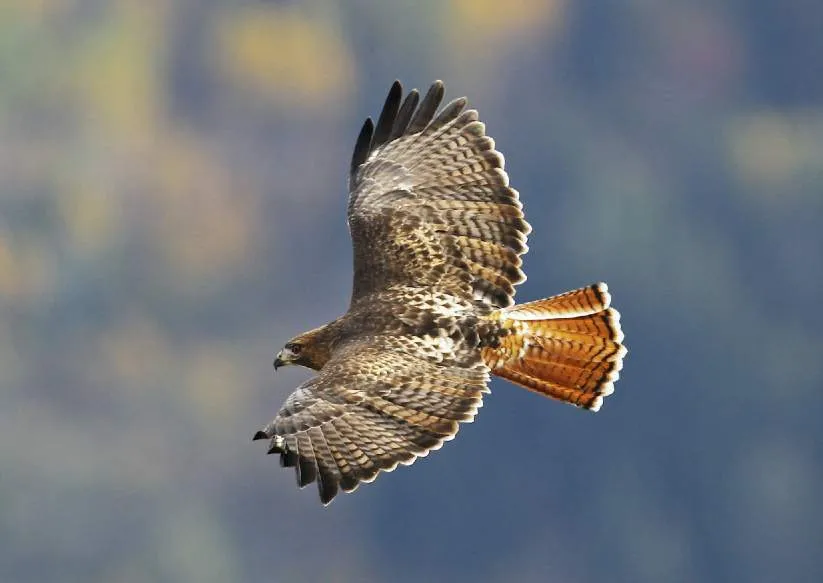
Spy Hawk, late 1960s
Spy pigeons have been used since WWI so it made sense for the CIA’s Office and Research and Development (ORD) to launch a six-month project in California devoted to training a red-tailed hawk to carry a camera around its neck. The plan was for the hawk to take photos of a strategic defense system, the Soviet Flat Twin engagement radar associated with the Tallinn system. The camera could only take one photo, however, so the raptor needed to be painstakingly trained to spot the target. Unfortunately, the CIA discovered late in the day that the red-tailed hawk is a protected species, restricting its transport. The CIA pivoted to training an unprotected crow instead, but that would mean transporting the bird by boat up the Baltic and through the canals of Denmark and Sweden where the Soviets closely monitored boat movements. Instead, the CIA decided to ditch the project.
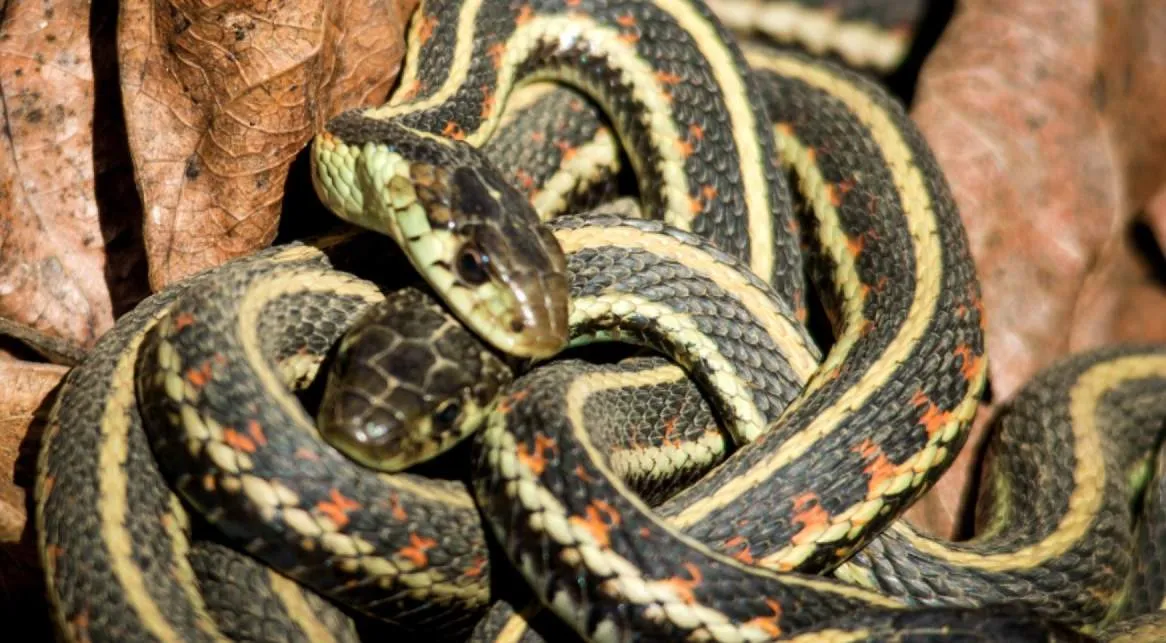
Black Bag Ops & Assassinations, Cold War era
The CIA’s ORD also inherited research including the MKUltra program in which scientists searched for ways to control human behavior. The top-secret Technical Services Division had placed electrodes in the brains of dogs and other animals, then used radio signals to guide them along specific courses, according to Jeffrey T. Richelson's The Wizards of Langley. "This Technical Services Division also placed electrodes into the brains of cold-blooded animals - apparently snakes,” Richelson writes. “The experiments with dogs were directed at bugging an office, but the experiments with cold-blooded animals may have had a more cold-blooded objective, possibly ‘executive action-type assassinations’."
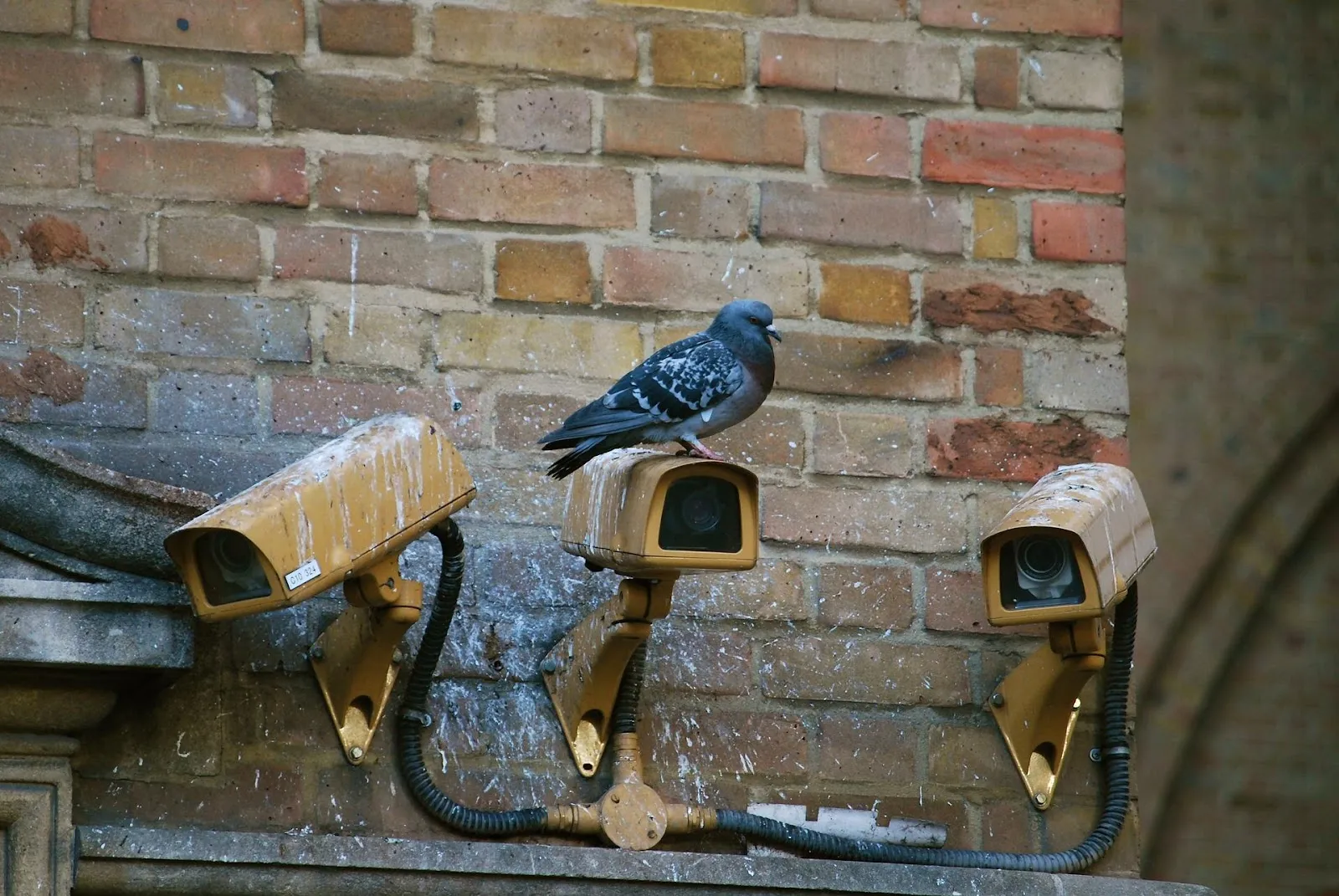
The Tacana Spy Pigeons, 1970s
Homing pigeons have an incredible ability to find their way home - even if dropped hundreds of miles away - so they were successfully used to carry secret messages during WWI and WWII. In the ‘70s, the CIA upped the ante in the Tacana Project with a bit of technical wizardry. Pigeons were trained to fly clandestine Cold War missions to secret sites in the Soviet Union. Instead of bringing back secret messages, they carried cameras that could automatically take photos of sensitive military sites and secret locations. How many missions did the pigeons fly? That intel is still classified.

Raven couriers, Cold War era
The CIA even trained a raven to drop bugging devices on window sills and deliver and retrieve small objects. The target was reportedly marked with a flashing red laser beam and a specially designed lamp would draw the bird back. The Agency successfully delivered an eavesdropping device in Europe but no audio was picked up. Although the ORD’s winged couriers were able to deposit the bugging devices on window sills, the ambient noise made the idea impractical, according to Robert Wallace's book Spycraft: The Secret History of the CIA's Spytechs.
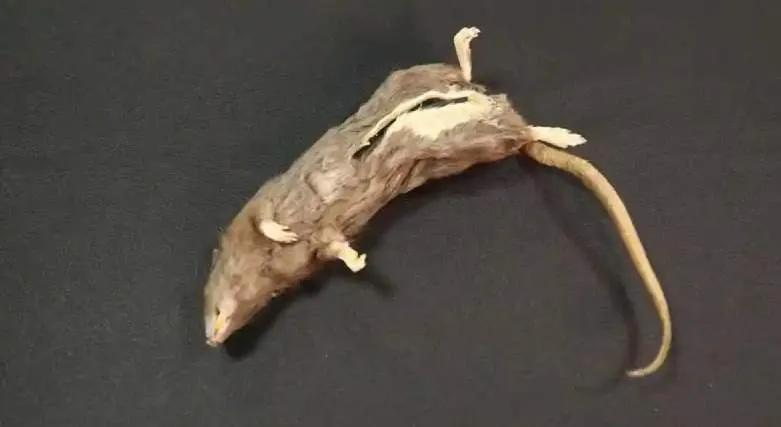
Dead Drop Rat, Cold War era
The Dead Rat device is decidedly at the less technically sophisticated end of the spectrum but still a useful tool. The CIA once hollowed out a rat for a case officer to use as a ‘dead drop’, a storage device to slip messages to a spy operating in the field. Essentially it was a clandestine means of communication. "A case officer and an agent don't want to be seen in the same place together or that agent might have a short lifespan," said CIA officer Rob Byer, who is in charge of the CIA museum and the rodent. Apparently, not many people wanted to poke a dead rat, so the rat’s cover was not blown.
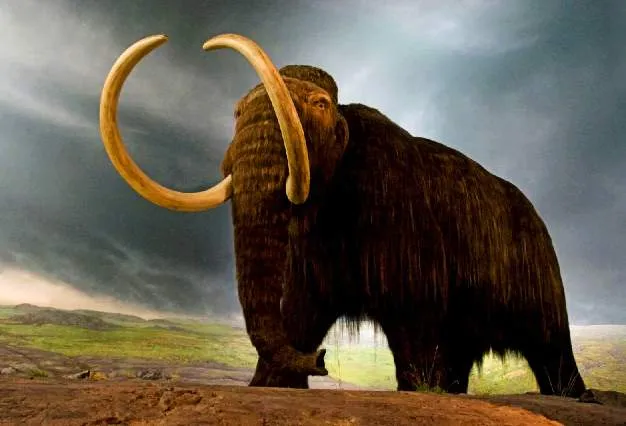
The Woolly Mammoth, The Future
So what does the future hold? In between investing heavily in the metaverse and experimenting with augmented reality, it seems the CIA is also looking at abstract methods to prevent animals from dying out. “De-extinction”, as it is known, involves scientists attempting to genetically clone ancient DNA to resurrect species like the Woolly Mammoth. The CIA’s venture capital firm, In-Q-Tel, is investing in Colossal Biosciences. Why? In-Q-Tel said it is about staying on top of the technology: “We now sit at a pivotal point in history, where transnational issues (pandemics, climate change, population growth, human migration) intersect with nation-to-nation competition that will increase the potential for global conflict in coming decades.” It is a competition the CIA doesn’t plan to lose.
SPYSCAPE+

Join now to get True Spies episodes early and ad-free every week, plus subscriber-only Debriefs and Q&As to bring you closer to your favorite spies and stories from the show. You’ll also get our exclusive series The Razumov Files and The Great James Bond Car Robbery!


Gadgets & Gifts
Explore a world of secrets together. Navigate through interactive exhibits and missions to discover your spy roles.
Your Spy Skills
We all have valuable spy skills - your mission is to discover yours. See if you have what it takes to be a secret agent, with our authentic spy skills evaluation* developed by a former Head of Training at British Intelligence. It's FREE so share & compare with friends now!
* Find more information about the scientific methods behind the evaluation here.


Stay Connected
Follow us for the latest
TIKTOK
INSTAGRAM
X
FACEBOOK
YOUTUBE